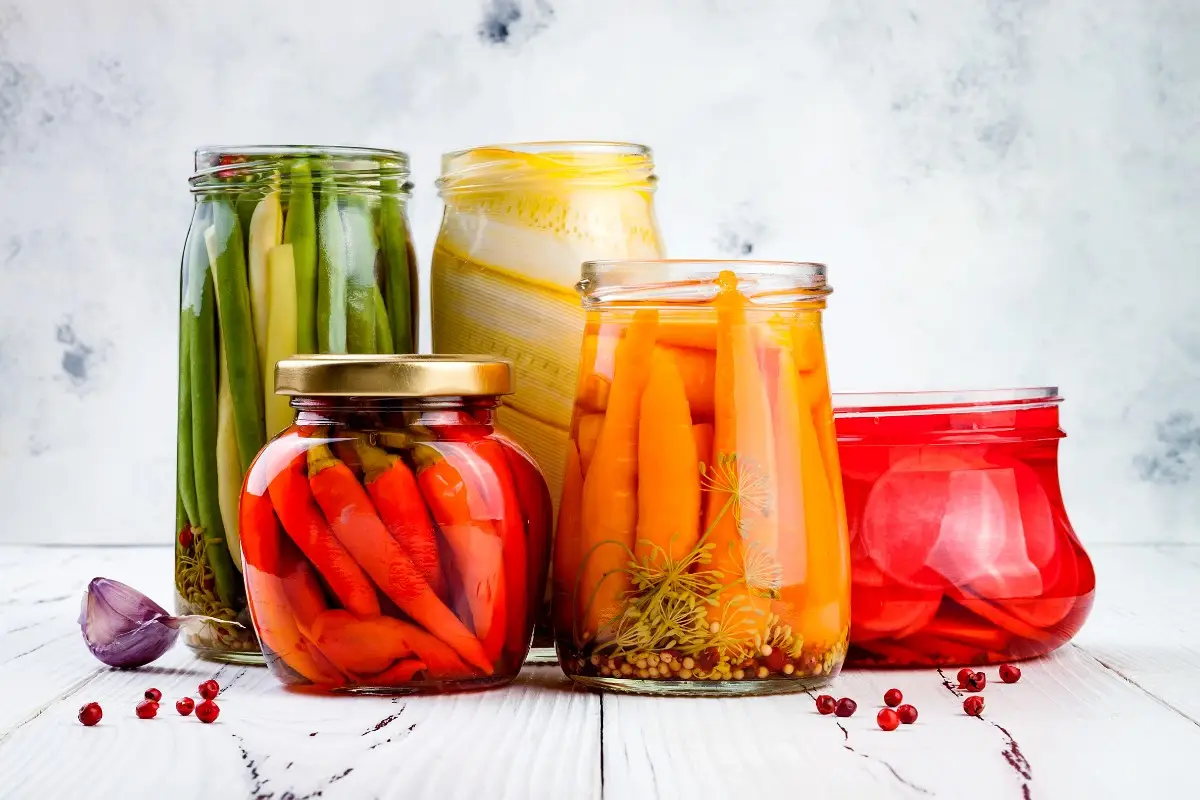Fermentation & Probiotics
For centuries, humans have taken advantage of the metabolism that takes place between bacteria and a tiny fungus called yeast to create yogurt, wine, beer, kimchi and other foods from fruits and grains. A breakdown of a compound substance into simpler one is the central concept of this process. Fermented probiotics are an essential part of a human’s diet for thousands of years before the medical industry.
Fermentation produces food products with highly desirable properties, such as excellent organoleptic properties and extended shelf life. Fermented food products come with improved microbial stability and the ability to be stored at ambient temperatures for a more extended time period. Microorganisms are the driving force behind food fermentation and yeasts, lactic acid bacteria and filamentous fungi are considered to be significant workhorses in the fermentation process of various foods.
Probioform
Our living-liquid probiotic supplement is also manufactured through the process of fermentation. We produce Probioform in a food-grade fermenting tank, where a consistent group of microorganisms is added along with herbal extracts and various ingredients. Microbes grow ideally in mesophilic or moderate temperature, which is why the internal temperature of the fermenting tank is highly controlled (usually up to 37˚ C). This temperature is almost equal to the human body temperature. The bacteria grow in this temperature during fermentation, becoming resilient to the environment they will be entering.
Our fermentation tank is then sealed for the next 18 to 21 days. During this entire time, it is carefully monitored, and a daily test is taken for various readings like Brix (carbohydrates and sugar level) and the pH (acidity or alkaline scale). The microorganisms consume sugar in this process and produce a by-product called lactic acid.
When it is observed that pH reached to a certain level, samples for external analysis are drowned and sent to a licensed 3rd party laboratory. After proper interpretation of the example, they issue a quality certificate, and then the packaging phase starts. Probioform not only maintains a natural pH level, but its co-growth method allows bacterial strains to interact with each other. This interaction enables the production of strengthening bacterial strands that can quickly start working inside the human gut almost instantly.
Human health and fermented probiotics
Fermented probiotics like Probioform allow a whole world of good bacteria to co-exist in almost natural conditions. They survive together on a food source, and this phenomenon allows them to adapt, grow, fight against the harmful bacteria, and keep each other alive. Weaker bacteria will die in this process.
At the end of the fermentation process, you have a group of bacteria that is exceptionally resilient — one that is grown in a favorable environment and is maintained by their own nature. These probiotics can easily adjust in a very low pH of the stomach (pH 2.4). Probioform also keeps all the natural products created by these bacteria during fermentation. These by-products include enzymes, antioxidants, and vitamins B and K, all of which are very beneficial for the wellbeing of their host.





